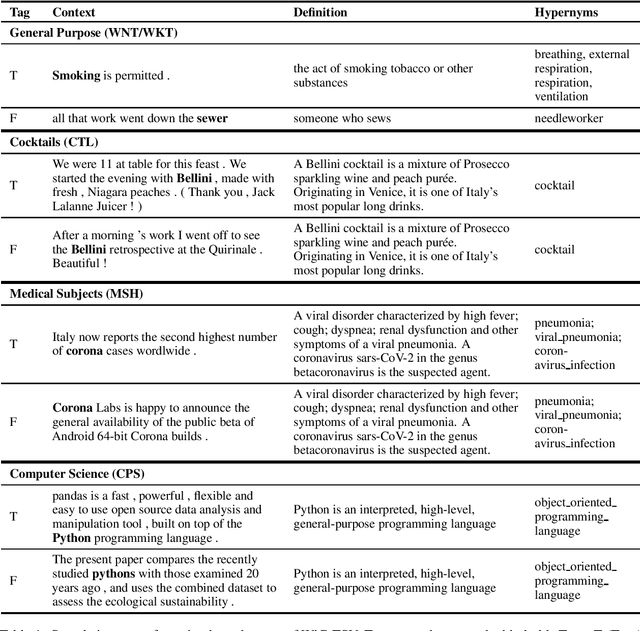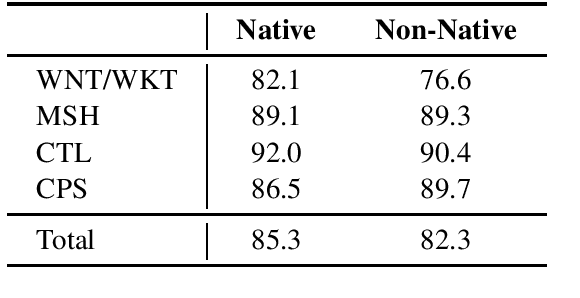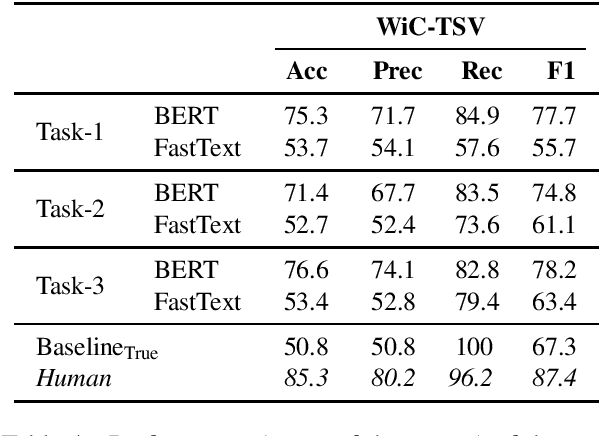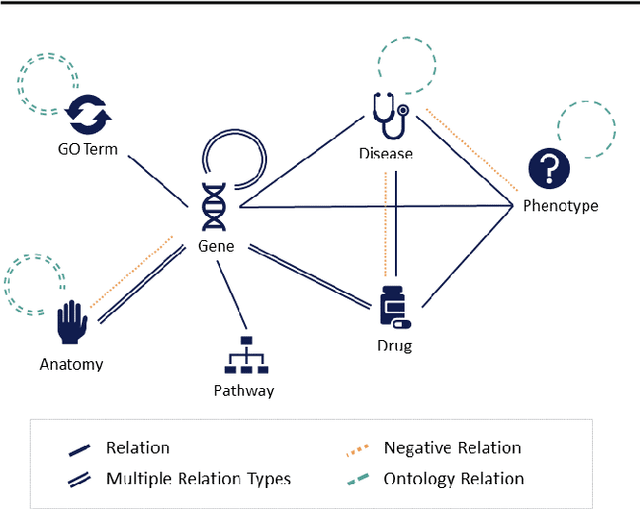Anna Breit
Describing and Organizing Semantic Web and Machine Learning Systems in the SWeMLS-KG
Mar 27, 2023



Abstract:In line with the general trend in artificial intelligence research to create intelligent systems that combine learning and symbolic components, a new sub-area has emerged that focuses on combining machine learning (ML) components with techniques developed by the Semantic Web (SW) community - Semantic Web Machine Learning (SWeML for short). Due to its rapid growth and impact on several communities in the last two decades, there is a need to better understand the space of these SWeML Systems, their characteristics, and trends. Yet, surveys that adopt principled and unbiased approaches are missing. To fill this gap, we performed a systematic study and analyzed nearly 500 papers published in the last decade in this area, where we focused on evaluating architectural, and application-specific features. Our analysis identified a rapidly growing interest in SWeML Systems, with a high impact on several application domains and tasks. Catalysts for this rapid growth are the increased application of deep learning and knowledge graph technologies. By leveraging the in-depth understanding of this area acquired through this study, a further key contribution of this paper is a classification system for SWeML Systems which we publish as ontology.
WiC-TSV: An Evaluation Benchmark for Target Sense Verification of Words in Context
Apr 30, 2020



Abstract:In this paper, we present WiC-TSV (\textit{Target Sense Verification for Words in Context}), a new multi-domain evaluation benchmark for Word Sense Disambiguation (WSD) and Entity Linking (EL). Our benchmark is different from conventional WSD and EL benchmarks for it being independent of a general sense inventory, making it highly flexible for the evaluation of a diverse set of models and systems in different domains. WiC-TSV is split into three tasks (systems get hypernymy or definitional or both hypernymy and definitional information about the target sense). Test data is available in four domains: general (WordNet), computer science, cocktails and medical concepts. Results show that existing state-of-the-art language models such as BERT can achieve a high performance in both in-domain data and out-of-domain data, but they still have room for improvement. WiC-TSV task data is available at \url{https://competitions.codalab.org/competitions/23683}.
OpenBioLink: A resource and benchmarking framework for large-scale biomedical link prediction
Dec 10, 2019
Abstract:SUMMARY: Recently, novel machine-learning algorithms have shown potential for predicting undiscovered links in biomedical knowledge networks. However, dedicated benchmarks for measuring algorithmic progress have not yet emerged. With OpenBioLink, we introduce a large-scale, high-quality and highly challenging biomedical link prediction benchmark to transparently and reproducibly evaluate such algorithms. Furthermore, we present preliminary baseline evaluation results. AVAILABILITY AND IMPLEMENTATION: Source code, data and supplementary files are openly available at https://github.com/OpenBioLink/OpenBioLink CONTACT: matthias.samwald ((at)) meduniwien.ac.at
 Add to Chrome
Add to Chrome Add to Firefox
Add to Firefox Add to Edge
Add to Edge